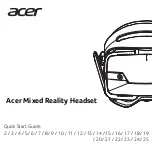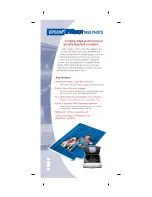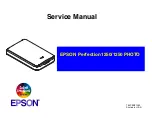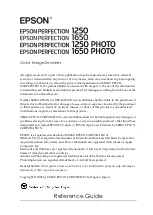
Basic audio setup
Installation, registration and basic setup
13
4.
Select the desired
Input Driver
. Depending on your computer's configuration, you may
have multiple options available.
Your
Input Driver
is typically your computer's sound card or audio interface’s input. You will
want to set this to the device that you plug your microphone, guitar, keyboard or other input
device into.
5.
Select the desired
Output Driver
.
Your
Output Driver
is typically your computer's sound card or audio interface’s output. You
will want to set this to whatever your headphones or speakers are connected to.
If you are not sure about which option is best, use the following table as a guide.
I am using
Suggested configuration
A laptop with an included sound
card.
Set both your
Input Driver
and
Output Driver
to
<name of your sound card> (MME 32-bit)
.
Note:
If your sound card has multiple outputs, set your
Playback Device
to the one labeled “Speakers” or
“Headphones”.
A USB microphone.
Set your
Output Driver
to
<name of your sound card> (WDM / KS).
Set your
Input
Driver
to your USB microphone.
You may also get good performance by using WASAPI.
An audio interface that I bought from
a music store.
Be sure that you have installed drivers for your new audio
device either from the included disc or the manufacturer's web
site. Set both the
Input Driver
and
Output Driver
devices to
<name of your sound card> ASIO
.
A high-end sound card that I
purchased from a computer store
(Sound Blaster, etc.).
Some sound cards may offer different driver options. Start by
setting both the
Output Driver
and
Input Driver
devices to
<name of your sound card> (WDM / KS)
.














































